For coffee lovers, Ethiopia is a sacred place in their hearts. This country is the birthplace of coffee and is now also the largest Arabica coffee-producing country in Africa.
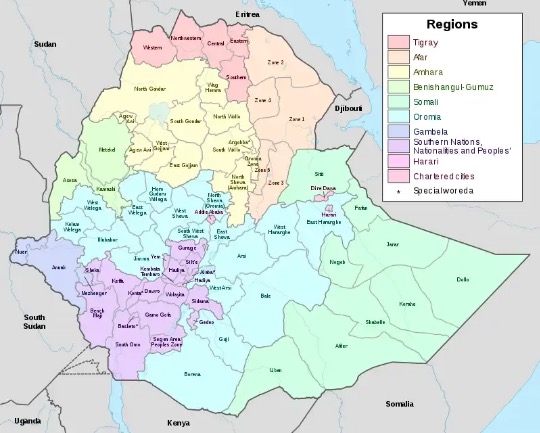
The Federal Democratic Republic of Ethiopia is located in northeastern Africa, bordering Djibouti, Somalia, Sudan, South Sudan, Kenya, and Eritrea. It is a landlocked country with a national population of approximately 120 million and a land area of 1.1036 million square kilometers.
Most of Ethiopia is dominated by mountainous plateaus, mostly belonging to the Ethiopian plateau, which accounts for two-thirds of the entire country. The East African Rift runs through the entire territory, with an average altitude of nearly 3,000 meters and is known as the “Roof of Africa.” The northeastern and southern parts are desert and semi-desert areas, accounting for 25% of the country’s area.
The average altitude throughout Ethiopia is 2,450 meters, which makes the annual average temperature in Ethiopia throughout the year 16 ℃. The whole year is roughly divided into dry and rainy seasons, with an annual rainfall of 1,237 millimeters. The country is rich in natural resources, with abundant water resources, high-altitude mountainous areas, and more than 50 volcanoes. These resources make the country an ideal area for coffee cultivation.
Coffee Producing Areas
Ethiopia has multiple coffee-producing areas, namely, Sidamo, Harrar, Kaffa, Limmu, Lekempti, Tepi, Bebeka, and Bale. Among them, Yirgacheffe, Guji, Sidamo, and Bebeka are relatively well-known producing areas.
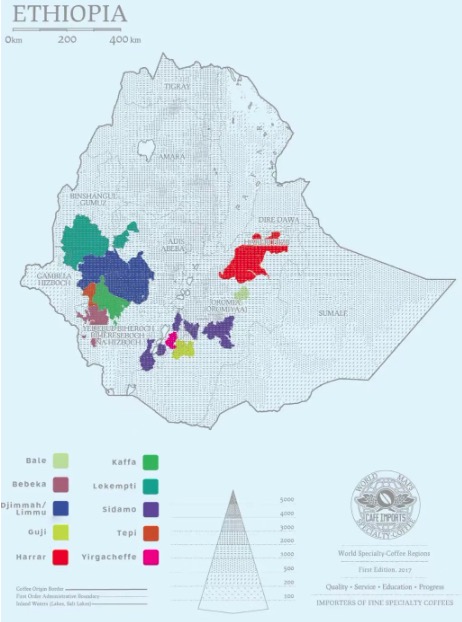
Sidamo: After 1995, Ethiopia adopted a federal system for management, and in order to respect the cultures of various ethnic groups within the territory, the local government also re-planned according to the main ethnic residential areas and languages. In this way, Sidamo was included in the newly established southern ethnic language autonomous state and was also officially renamed to its original historical name: Sidama. However, at that time, the Ethiopian government, in order to strengthen the promotion of the uniqueness of coffee within its territory, applied for patents for the names of three producing areas in 2004, and selected the old name Sidamo® as the registered name for Sidamo coffee. Until now, domestic consumers have always been accustomed to calling the coffee here “Sidamo.” Sidamo spans the fertile highlands south of the Awasa Lake in the East African Rift Valley, with an altitude ranging from 1,400 to 2,200 meters, and an annual rainfall of 1,200 to 2,000 millimeters. The high altitude, sufficient rainfall, pleasant climate, and fertile geologic nutrients provide an ideal environment for growing coffee. There are many well-known processing plants in the Sidamo producing area, such as Santa Vini Processing Plant and Goss Processing Plant.
Yirgacheffe: Yirgacheffe is a small town on the northwest side of Sidamo Province, located on the eastern edge of the East African Rift Valley, and it is also one of the highest-altitude producing areas in Ethiopia, with an altitude ranging from 1,750 to 2,200 meters. In the ancient language, Yirga means to settle down, while Cheffe means wetland. Due to the humid and mild climate, abundant rainfall, fertile land, and sufficient sunlight here, this producing area originally belonged to the Sidamo producing area. However, due to the ability to nurture unique floral and fruity flavors, changing and unique flavors of coffee beans, it has been independently established as a coffee producing area.
Guji: The Guji Guji producing area once belonged to the Sidamo producing area. Due to its own excellent and highly recognizable flavors, it was independently divided into a new producing area by the Ethiopian Commodity Exchange (ECX) in 2010. The producing area is located in the south of Ethiopia, with towering mountains, highlands, plateaus, valleys, and plains within the region. The terrain is complex and changeable, and these rich landforms have created diverse microclimates, and it also has volcanic soil, dense forests, with an average altitude of more than 1,800 meters, and a large temperature difference between day and night, which slows down the growth rate of coffee fruits and allows the coffee beans to develop a rich flavor. There are also many small producing areas in the Guji producing area, such as Hambella, Uraga, Shakiso, etc., and Hambella is well known for its Geisha coffee.
Bebeka: The Bench Maji producing area, also known as the Bebeka producing area, is located in the southwestern part of Ethiopia and is a district under the Southern Nations, State, a few kilometers away from South Sudan. There is a well-known coffee estate here, the Gesha Village Coffee Estate, and the Geisha variety trees in the Gesha Village Coffee Estate were found in the wild forest of Bench Maji.
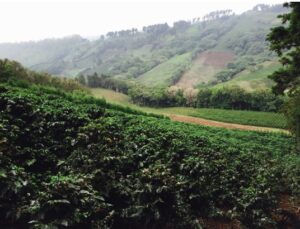
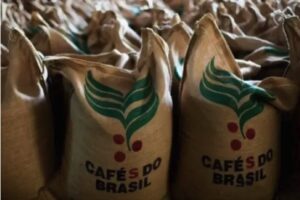
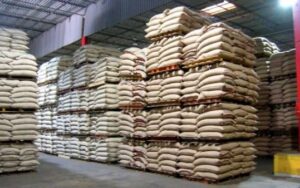
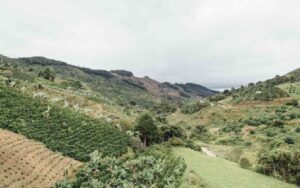
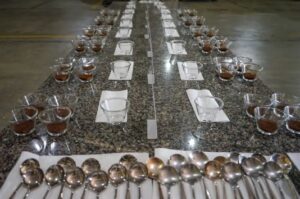

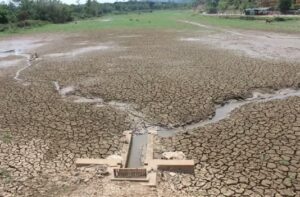
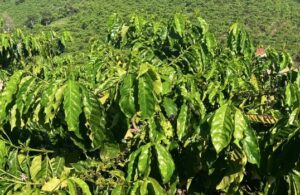
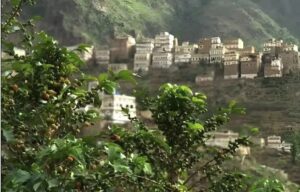

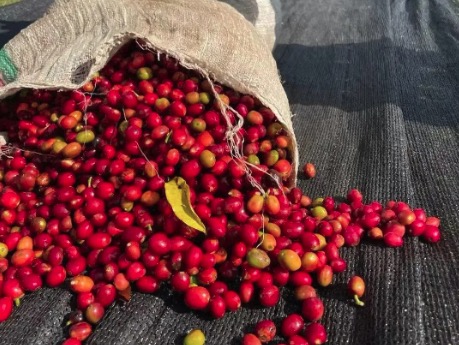
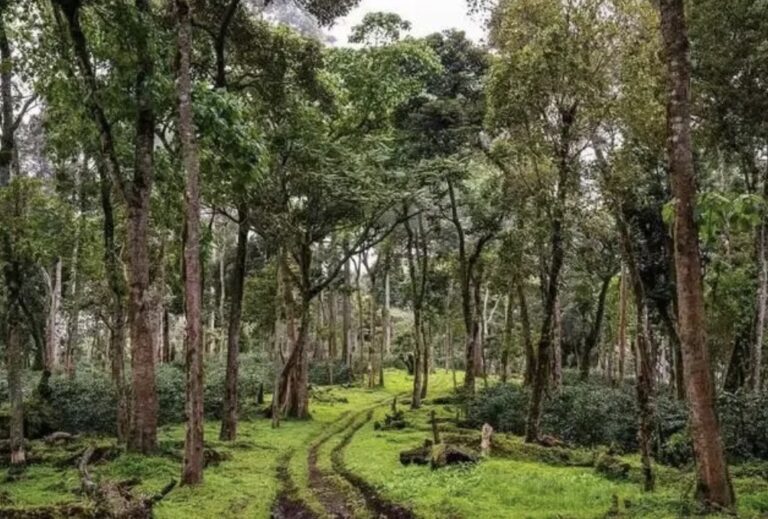
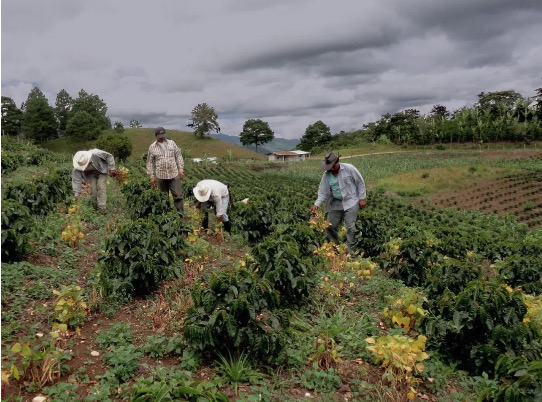
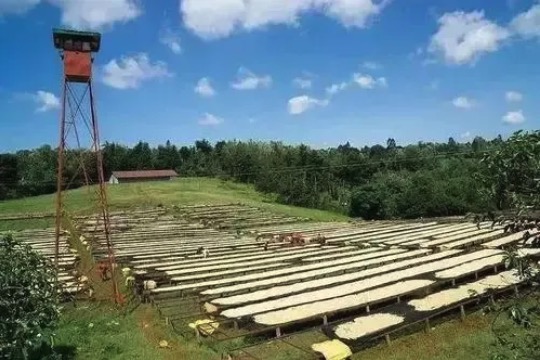
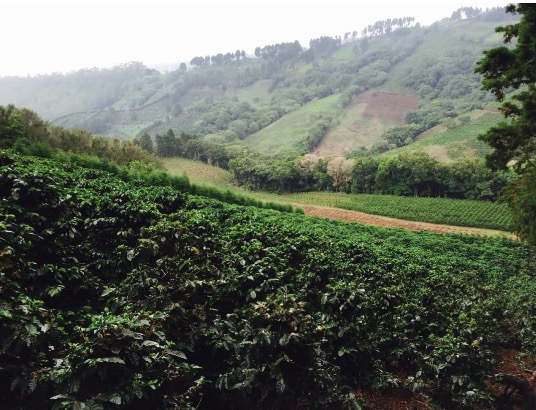
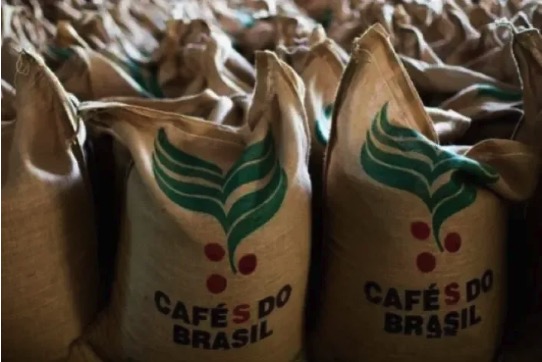
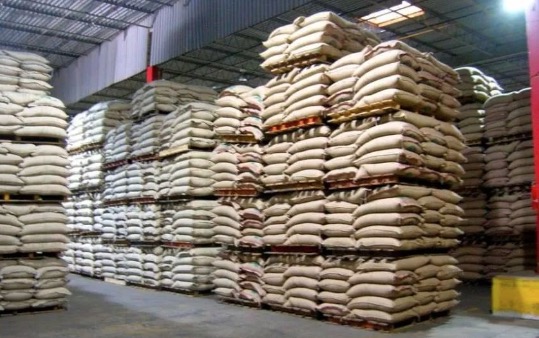
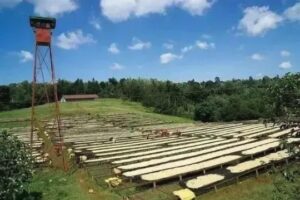
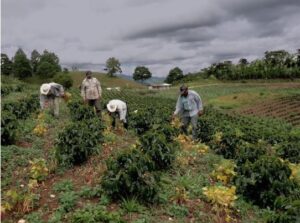
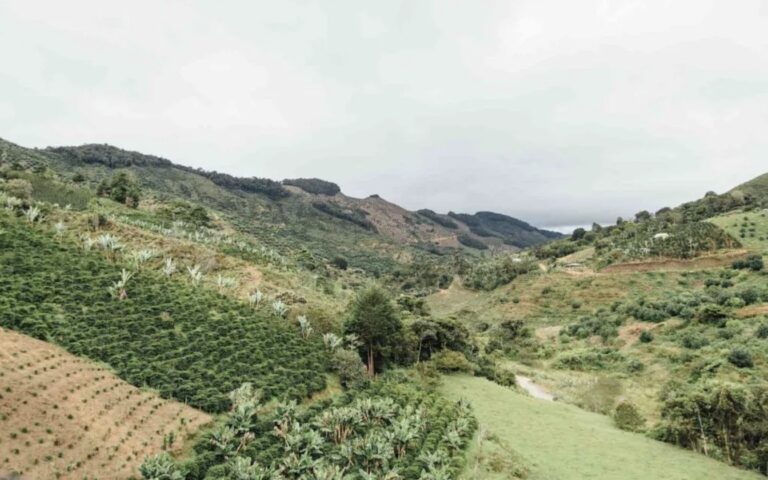
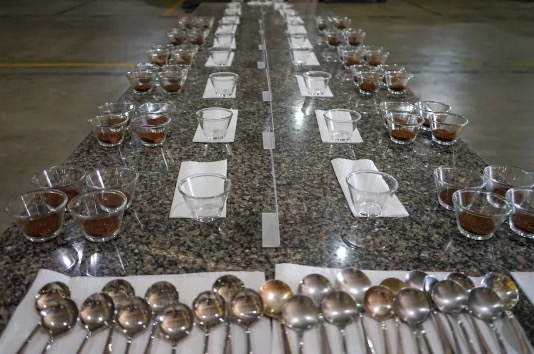
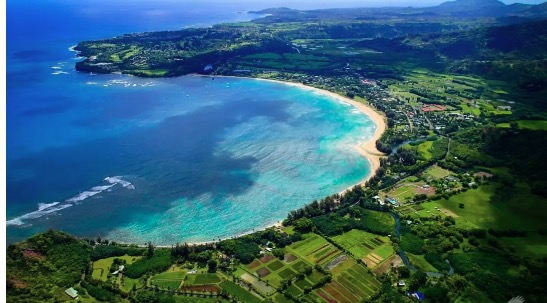
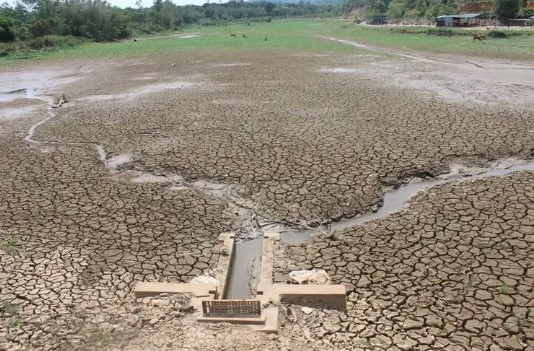
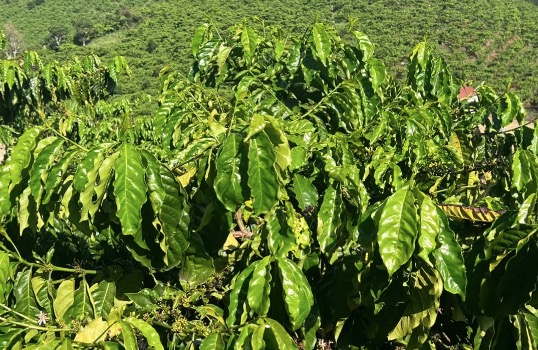
+ There are no comments
Add yours